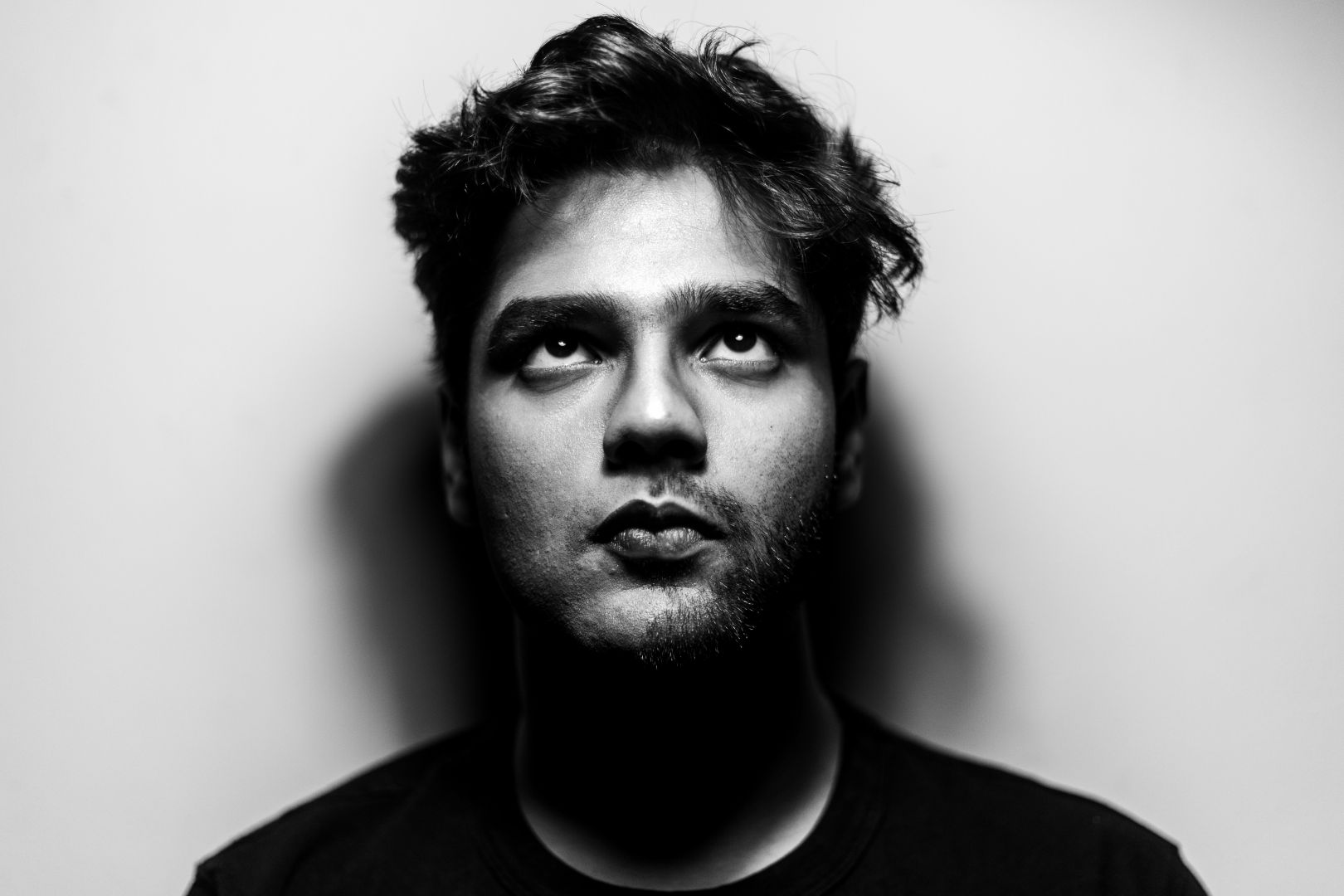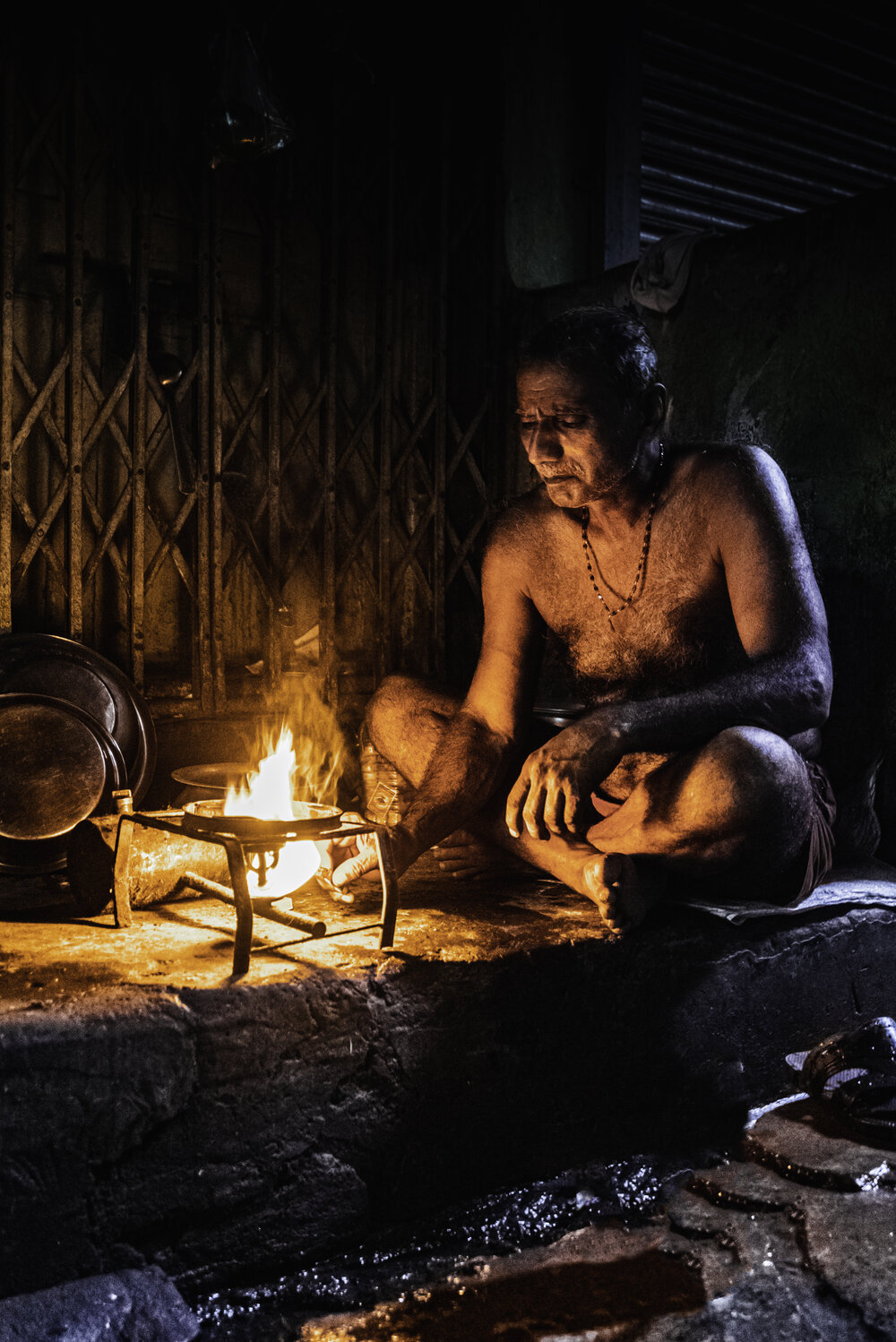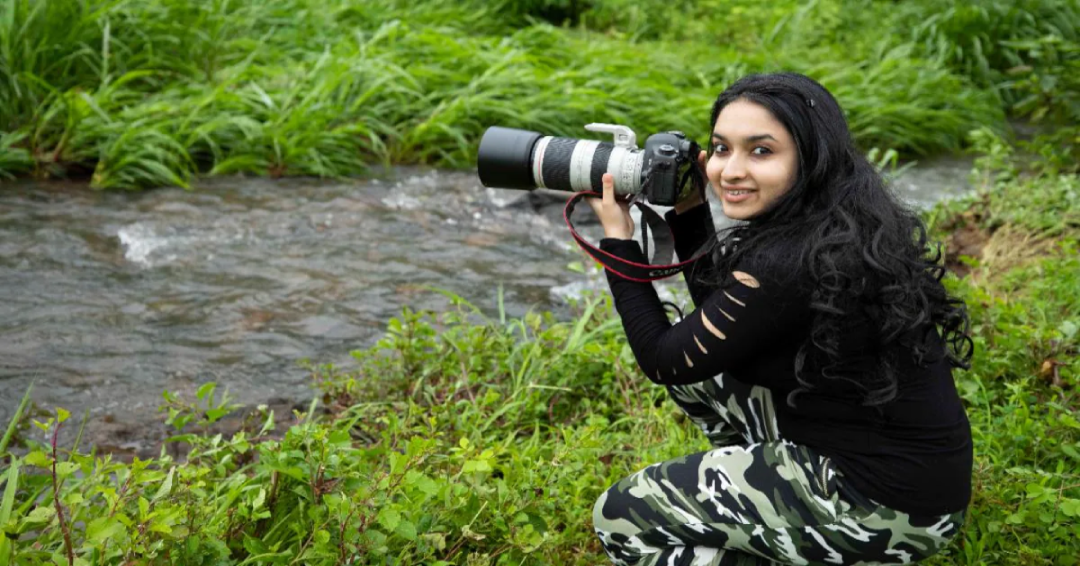(November 3, 2022) Photographer Akshat Bagla first arrived on the scene when he was 17 years old, as an Artist-in-Residence at his local chapter of the Rotary Club in Kolkata. He hasn’t looked back since. After graduating from the School of Visual Arts in New York, the now 23-year-old Akshat has been appointed as the Director of Photography for Differio, the world’s largest gay menswear company.
Akshat was 13 years old when he first learned from his cousin how to use a camera. As the family gathered around the dinner table, the cousins would spend their time taking photos of the food. “I thank my cousin, he’s the reason I’m here,” Akshat told The Daring. He and his camera were not easily parted after that and Akshat would take photographs of everything he could, from his friends to things he saw on the streets.

Akshat Bagla
Akshat’s road less travelled
Born in Kolkata, to a business family that distributes raw paper, Akshat was trained from an early age as the young scion, primed even as a child to take over the family business. The advent of photography changed all that. The moment of reckoning arrived when he came home with his first set of images. “I put everything on the computer, and I saw the images. I was reliving the whole moment. I was looking at something I experienced but in the form of a photo, which I could cherish for the longest time,” he told The Daring. “What got to me more than the camera and the medium itself is the whole idea of capturing a moment for eternity, you know?”
He did his best to photograph everything he could, going out into the streets as much as he could. Not that walking through the streets was easy. Akshat had grown up sheltered and his parents didn’t fancy the idea of wandering around alone. When the pandemic started in March 2020, Akshat returned home to Kolkata. He would go out every day, waking up early to take photographs. “I explored so many areas, and I talked to more people than I ever did in the sixteen years of living there before.”
Answering the call to adventure
It was the start of a new life in more ways than one. The camera that always hung at his side emboldened the young man, helping him open himself up to the world. “It made me more outgoing and able to talk to anyone, anywhere,” he said.
Being able to follow his dreams took some doing, especially at home. Still, his parents did come around to his way of thinking. The first turning point came when he was 17, when he was entrusted with restructuring and editing the priceless photo archive of The Rotary Club of Calcutta, which chronicles the institution’s century-long history.
Studying at the School of Visual Arts only brought him more exposure, from working with the online presence of Indus Net Technologies to photographing bread for the NYC-based academy Bengingi. Akshat has also chronicled the Black Lives Matter protests and done Gay Pride photo shoots for Differio. He has also made himself a name as a re-branding expert.
Staying true to his roots
Black and white photography is all the rage these days, as it has been for a while. Not for Akshat, though. He prefers to lean into his Indian-ness, to celebrate the vibrance and colour of his homeland. “As a visual artist, I rely on our traditional affinity to colours,” he said, in an interview with Outlook. “Cinematic fashion / food photography and rebranding – my two specialties – call for careful proportion between daring and comforting,” he told Newstrack.
Bagla’s bread photographs for Bengingi and the Gay Pride photo shoot for Differio have been hailed as works of art, although they stand as marketing campaigns. In America, Akshat honed his skills, learning to frame images from what he saw around him. At the BLM protests, where thousands gathered on the streets, Akshat would walk effortlessly up to people and strike up a conversation, before documenting them. “I’m trying to tell their story at the end of the day,” he said.
- Follow Akshat Bagla on Instagram





